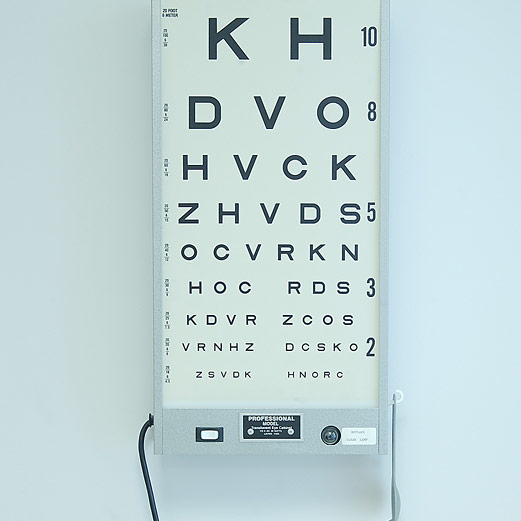
WEDNESDAY, Feb. 12, 2014 (HealthDay News) — While skiers, snowboarders and skaters held viewers’ attention during this week’s Winter Olympics, it was tough not to notice TV broadcaster Bob Costas’s glaring eye infection as well.
The persistent infection, known as conjunctivitis, that forced Costas to break away from his post Tuesday is caused by the same virus as the common cold, experts say. But instead of latching on to the membranes in the nose or throat, conjunctivitis infects similar membranes in the eye.
“It’s usually an adenovirus — the same virus that infects you when you get a sore throat or a runny nose,” explained Dr. Mark Fromer, an ophthalmologist at Lenox Hill Hospital in New York City.
The result is an inflammation of the clear covering of the white part of the eye and the lining of the underside of the eyelid, said Dr. Brad Tannen, assistant professor and vice chairman of ophthalmology at the Icahn School of Medicine at Mount Sinai in New York City.
Usually, patients’ eyes itch, swell and tear, Tannen said. It’s also likely that Costas may be experiencing light sensitivity and blurred vision, other common symptoms of conjunctivitis.
Last Thursday, opening night of NBC’s Olympics coverage, Costas’s very red left eye was unmistakable. The infection quickly became a hot topic.
Instead of subsiding, though, the infection grew worse. By Monday night it was evident that the Olympics icon now had “pinkeye” — as it is commonly called — in both eyes. For Tuesday night’s programming, Matt Lauer subbed for Costas, who has hosted the Games since 1988.
Conjunctivitis is highly contagious, and easily spread from one eye to the other by rubbing your eyes, Fromer said. It also passes from one person to another through touch.
Although probably uncomfortable, Costas is unlikely to be in any medical danger, these experts said.
Just like the common cold, viral conjunctivitis has no cure. But it usually goes away without treatment in five days to a week, Fromer said.
“It’s very rare for it to take much longer than a week. It’s annoying, but you get better without causing any permanent damage,” he added.
In the meantime, there is no reason to limit activities, such as reading or TV watching, that rely on sight.
To reduce the itching and swelling, “artificial lubricating drops are given,” Fromer said. “Occasionally a mild steroid is given to take the edge off and make the patient more comfortable.”
Cold compresses can also help relieve the itch and swelling, Singh said.
An antibiotic is also given to treat the possible bacteria underlying the conjunctivitis, Fromer said.
Bacterial conjunctivitis can be more problematic than viral conjunctivitis.
“Conjunctivitis can also be caused by bacteria, which is more serious with a lot more redness, a lot more discharge and mucus production,” said Dr. Rishi Singh, an assistant professor of ophthalmology at the Cleveland Clinic in Ohio.
Fromer said bacterial conjunctivitis can also lead to scarring of the cornea and reduced vision.
If you develop conjunctivitis, hand washing is the best way to prevent spreading the infection to others, Singh said. And you shouldn’t wear contact lenses until the condition passes, he added.
In addition, Tannen advises not sharing items that may come in contact with the eyes, such as towels and bed sheets.
If the infection doesn’t resolve on its own within 10 days to two weeks, you should seek the care of an eye doctor, Tannen said.
More information
For more information on conjunctivitis, visit the U.S. National Library of Medicine.
Copyright © 2026 HealthDay. All rights reserved.

